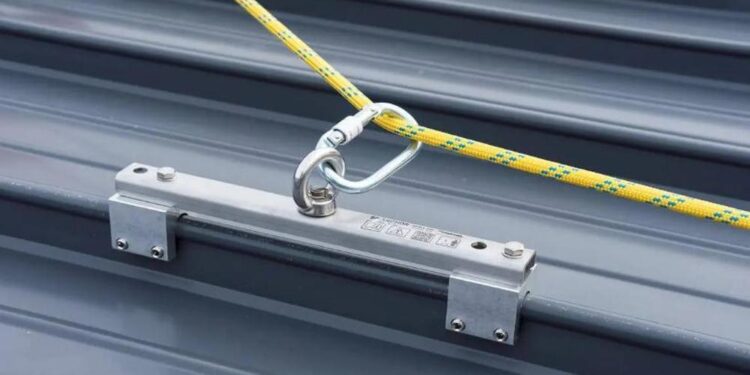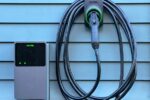Maximizing Safety with Metal Roof Fall Protection Anchors: Expert Advice and Best Practices

Working at heights, especially on metal roofs, can be dangerous. Ensuring the safety of workers is a top priority for any construction or maintenance project. One of the most effective ways to protect workers from falls is by using metal roof fall protection anchors. In this blog post, we will discuss expert tips and best practices for maximizing safety when using these essential safety devices.
Understanding Metal Roof Fall Protection Anchors
Metal roof fall protection anchors are specially designed devices that secure workers to a metal roof while they work at height. They provide a solid attachment point for personal fall arrest systems (PFAS), which include a full-body harness, lanyard, and connector. These anchors play a crucial role in preventing falls and reducing the risk of injury in the event of a fall.
Selecting the Right Fall Protection Anchors
When choosing metal anchors, there are several factors to consider. Here are some expert tips to help you make the right decision:
- Compatibility: Ensure that the anchor you choose is compatible with the specific type of metal roof you will be working on. There are various types of metal roofs, such as standing seam, corrugated, and R-panel roofs. Each type requires a different kind of anchor to ensure a secure attachment.
- Load Capacity: The anchor you select should have a sufficient load capacity to support the weight of the worker and their equipment. Most anchors are rated for a minimum load capacity of 5,000 pounds per worker, but it’s crucial to check the manufacturer’s specifications to ensure the anchor meets your needs.
- Material: Choose an anchor made from high-quality materials that can withstand the harsh conditions often found on metal roofs. Stainless steel and galvanized steel are popular choices due to their durability and resistance to corrosion.
- Ease of Installation: Opt for anchors that are easy to install and remove. Some systems require no drilling, which can save time and prevent damage to the roof.
Best Practices for Installing and Using Metal Roof Fall Protection Anchors
Once you have selected the appropriate metal anchors for your project, follow these best practices to maximize safety:
- Proper Installation: Always follow the manufacturer’s instructions when installing anchors. This ensures that they are securely attached to the roof and can effectively support the worker’s weight. If you’re unsure about the installation process, consult an expert or hire a professional to handle the installation.
- Regular Inspections: Before each use, inspect the anchor and its components for any signs of wear, damage, or corrosion. Damaged anchors should be replaced immediately to ensure the safety of workers.
- Training: All workers who will be using metal anchors should receive proper training on their use and maintenance. This includes understanding how to correctly attach their PFAS to the anchor and how to inspect the anchor for signs of wear or damage.
- Plan Your Work Area: When working on a metal roof, plan your work area carefully to minimize the need to move around frequently. This reduces the risk of falls and ensures that the anchor remains securely in place.
- Use Additional Safety Measures: While metal anchors are an essential component of a safe work environment, they should be used in conjunction with other safety measures. This includes guardrails, safety net systems, and warning line systems to provide multiple layers of protection.
The Bottomline:
Metal roof fall protection anchors are a crucial safety device for anyone working at heights on metal roofs. By selecting the right anchor for your specific roof type, ensuring proper installation, and following best practices for use and maintenance, you can significantly reduce the risk of falls and injuries.
Remember always to prioritize safety by investing in high-quality fall protection anchors and providing training for workers on their proper use. With the right precautions in place, you can create a safer work environment and protect your team from the hazards associated with working at heights on metal roofs.






